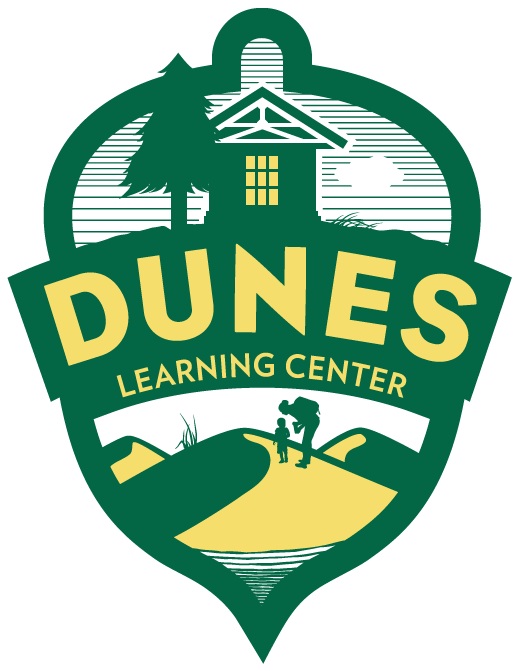Egrets, Owls, and Cranes! Oh my!
/Indiana Dunes National Park is a haven for bird enthusiasts, teeming with spectacular species. Some of my most awe-inspiring bird encounters have been alongside students during Dunes Learning Center programs.
Great blue heron at Cuyahoga Valley National Park (Photo: Kate Valentine)
Most of my memorable bird experiences with students happened on hikes through Cowles Bog. Once when hiking with students from Chicago, a great blue heron took flight just ten feet ahead of us! Many students were enamored with encountering such a large bird. Another time, as dusk fell on Cowles Bog in November, a group of energetic fourth graders were so captivated by the sound of an eastern screech owl that they sat quietly on the boardwalk to listen. Other favorites of trail groups are the elegant great egrets in the wetlands and ring-billed gulls on the beach. One bird I haven’t encountered with students so far is the sandhill crane. These majestic birds, known for their loud, trumpeting calls, remain a sight I eagerly anticipate experiencing with our young visitors and chaperones.
Great egret perched on a tree at Cowles Bog in the Indiana Dunes National Park (Photo: Kate Valentine)
Sandhill cranes at the Indiana Dunes National Park (Photo: Kate Valentine)
While Cowles Bog hikes take a pause for the winter, our on-campus third-grade program delves into how animals adapt to the cold. One way that animals adapt to freezing temperatures is through migration. We lead a sandhill crane migration game to illustrate the challenges that sandhill cranes and other animals might experience when migrating. The third graders in the game pretend to be sandhill cranes as they try to complete a migration cycle. They run from their nesting grounds in Canada to their stopover grounds in Indiana, and to their winter grounds in Florida, all while encountering obstacles like habitat loss and predation.
The Dunes Learning Center staffhad a chance to watch sandhill cranes at their stopover place in Indiana. During our winter program training in November, the DLC environmental educators visited Jasper-Pulaski Fish and Wildlife Area. On a viewing platform, we marveled at nearly 5,000 cranes feeding on corn husks, flying in from the surrounding wetlands for the evening. Among them, we spotted what many birders would be envious to see—a juvenile whooping crane! With only around 600 whooping cranes in existence, seeing this endangered bird was a once-in-a-lifetime experience. Standing five feet tall as adults, the whooping crane is North America's tallest bird, a true spectacle of nature!
A whooping crane (brown and white bird) among sandhill cranes at Jasper-Pulaski Fish and Wildlife Area (Photo: Alex Burdsall)
As spring approaches, I look forward to the return of the sandhill cranes to the Indiana Dunes. Perhaps this time, I’ll share the joy of spotting these magnificent birds—and maybe even a whooping crane—with a trail group of students.
Sources: https://www.in.gov/dnr/fish-and-wildlife/properties/jasper-pulaski-fwa/sandhill-cranes/
Lisa Nalliah
Environmental Education Fellow











